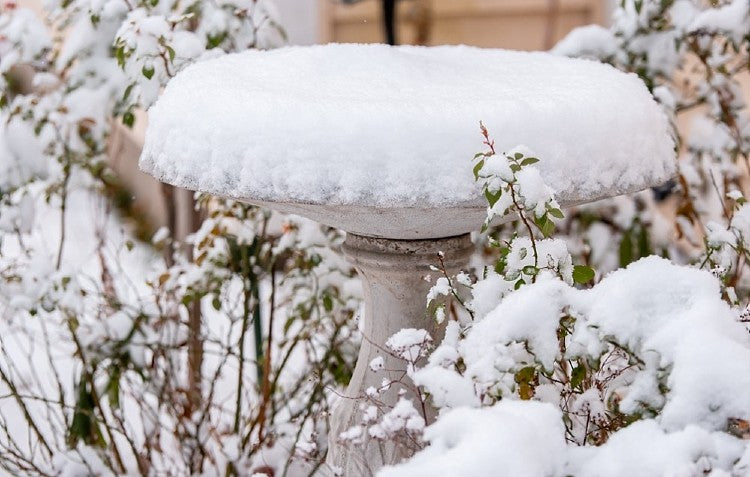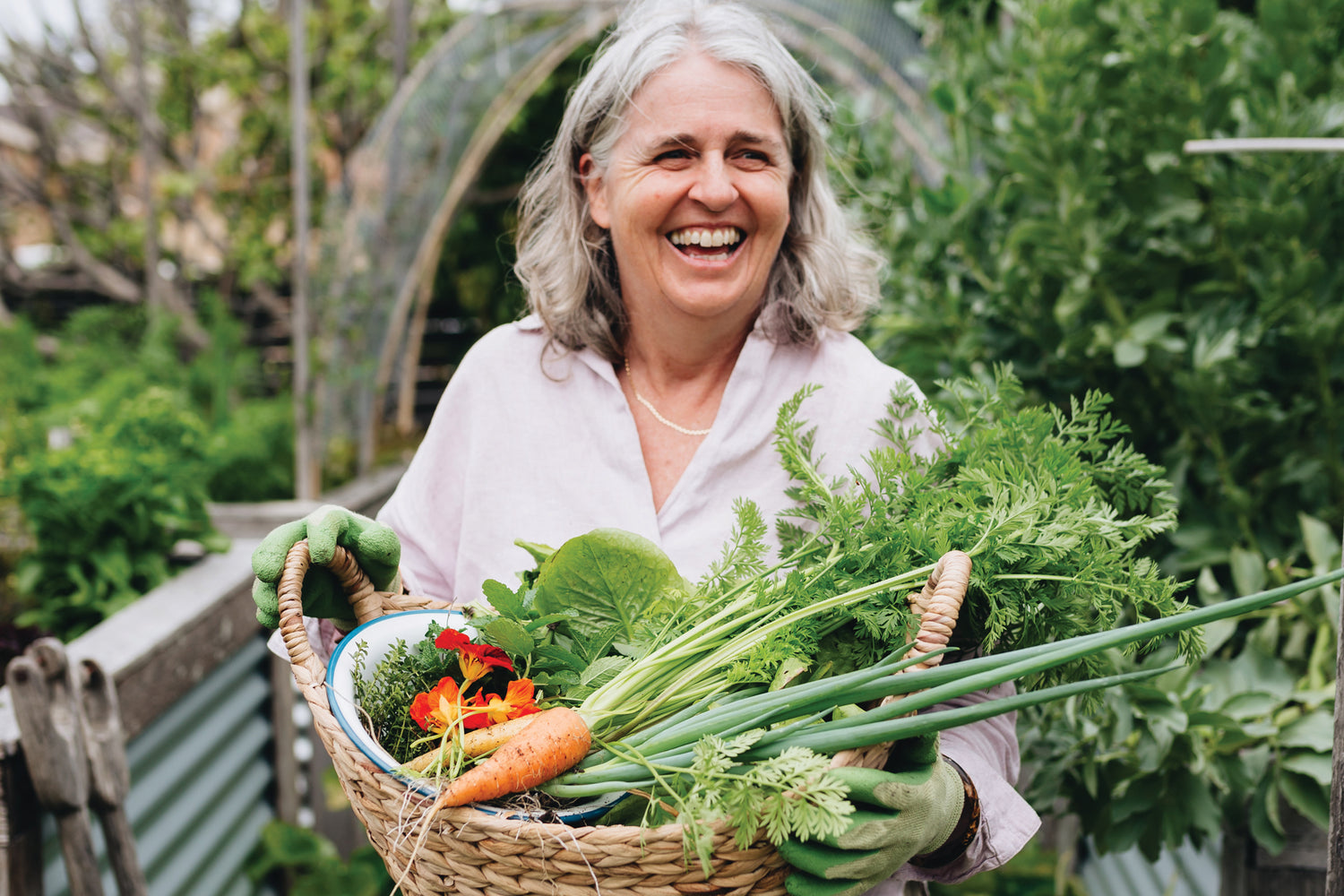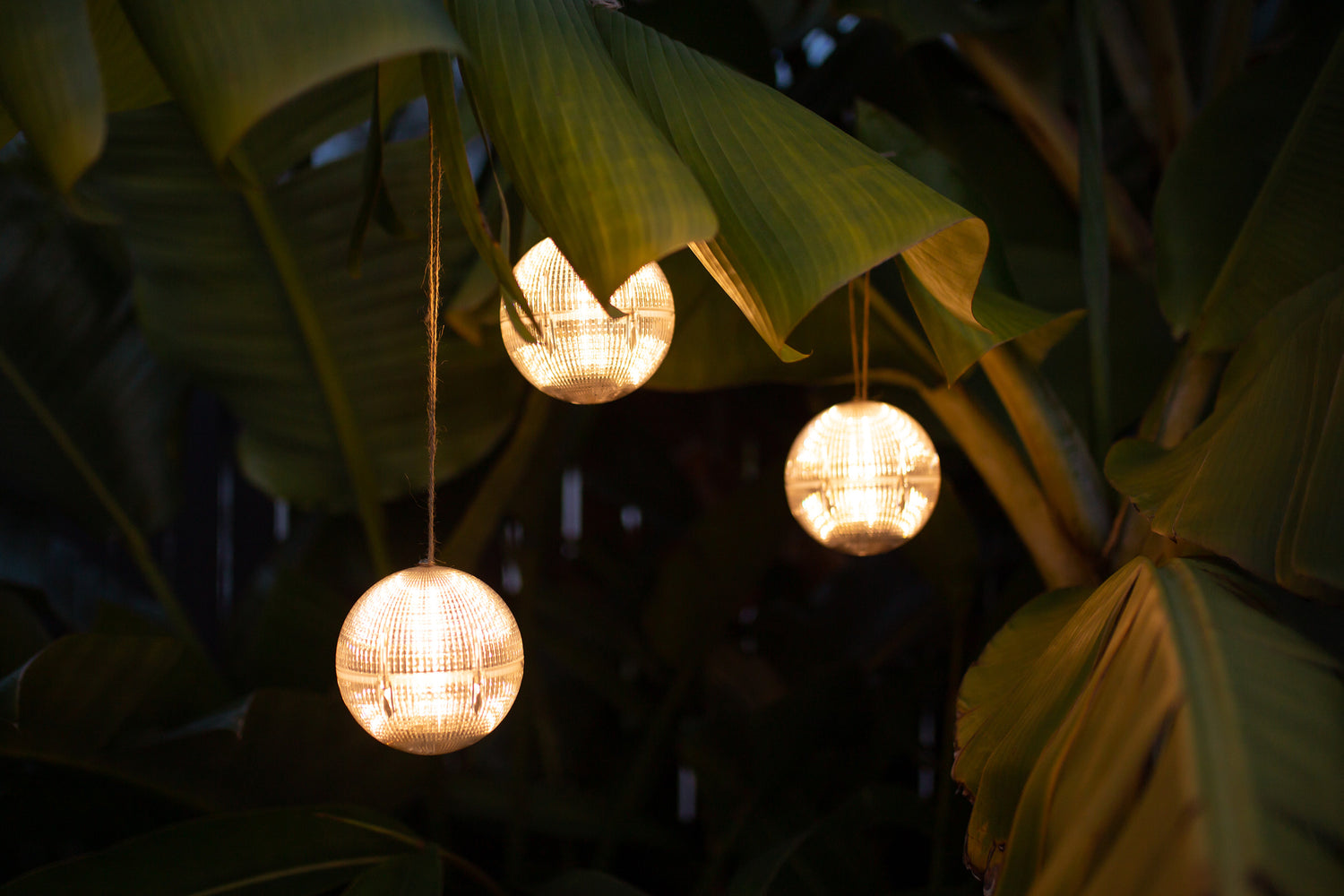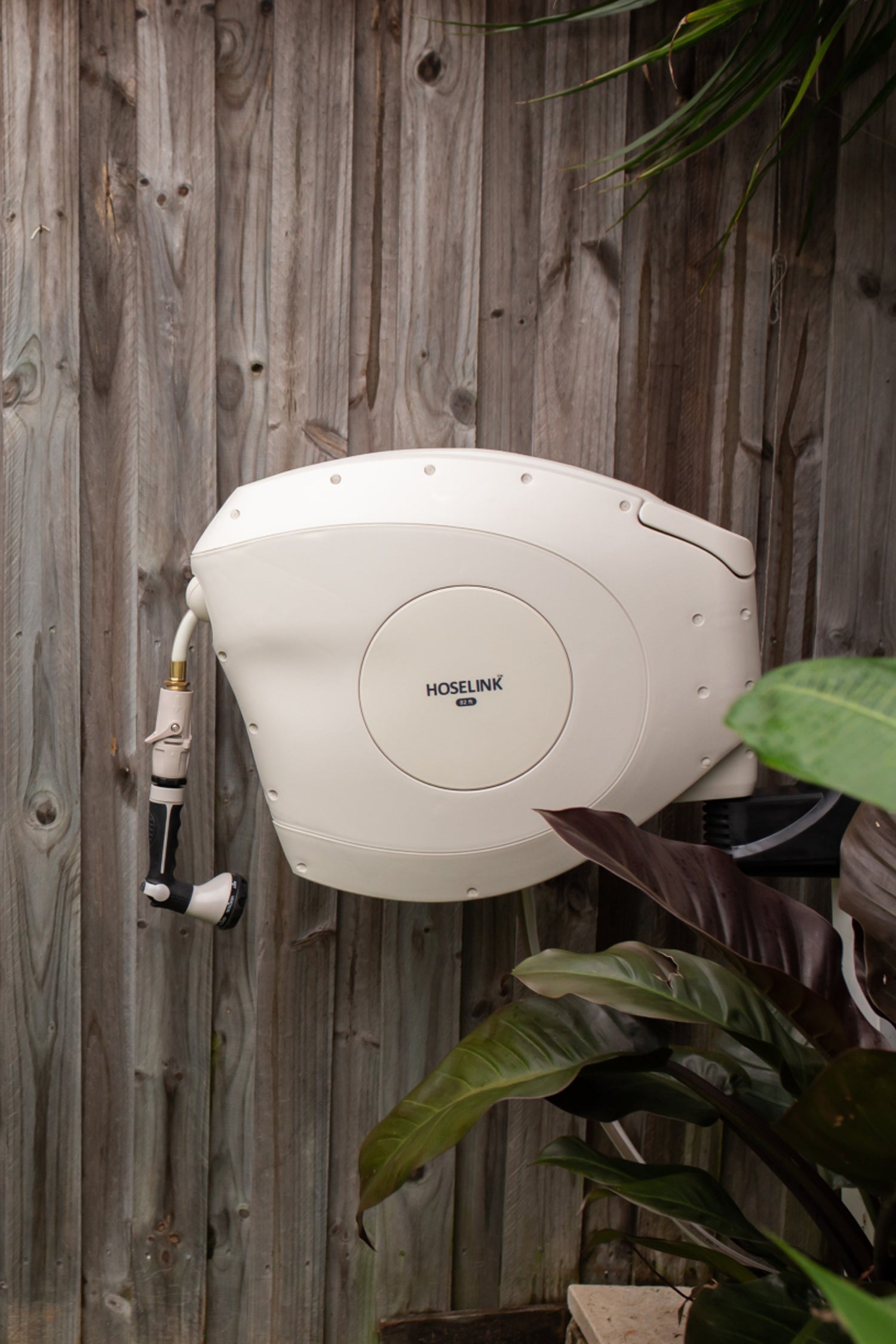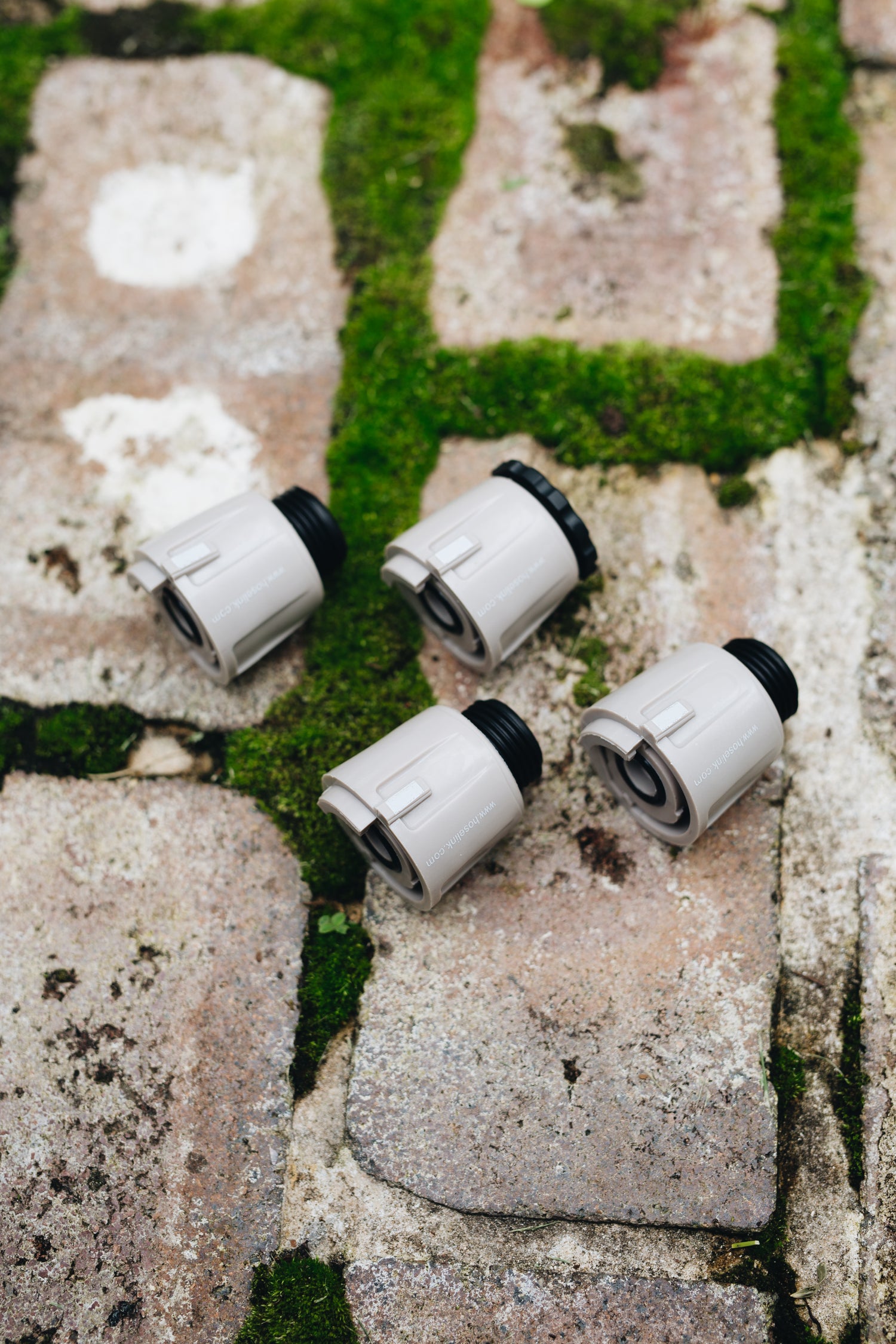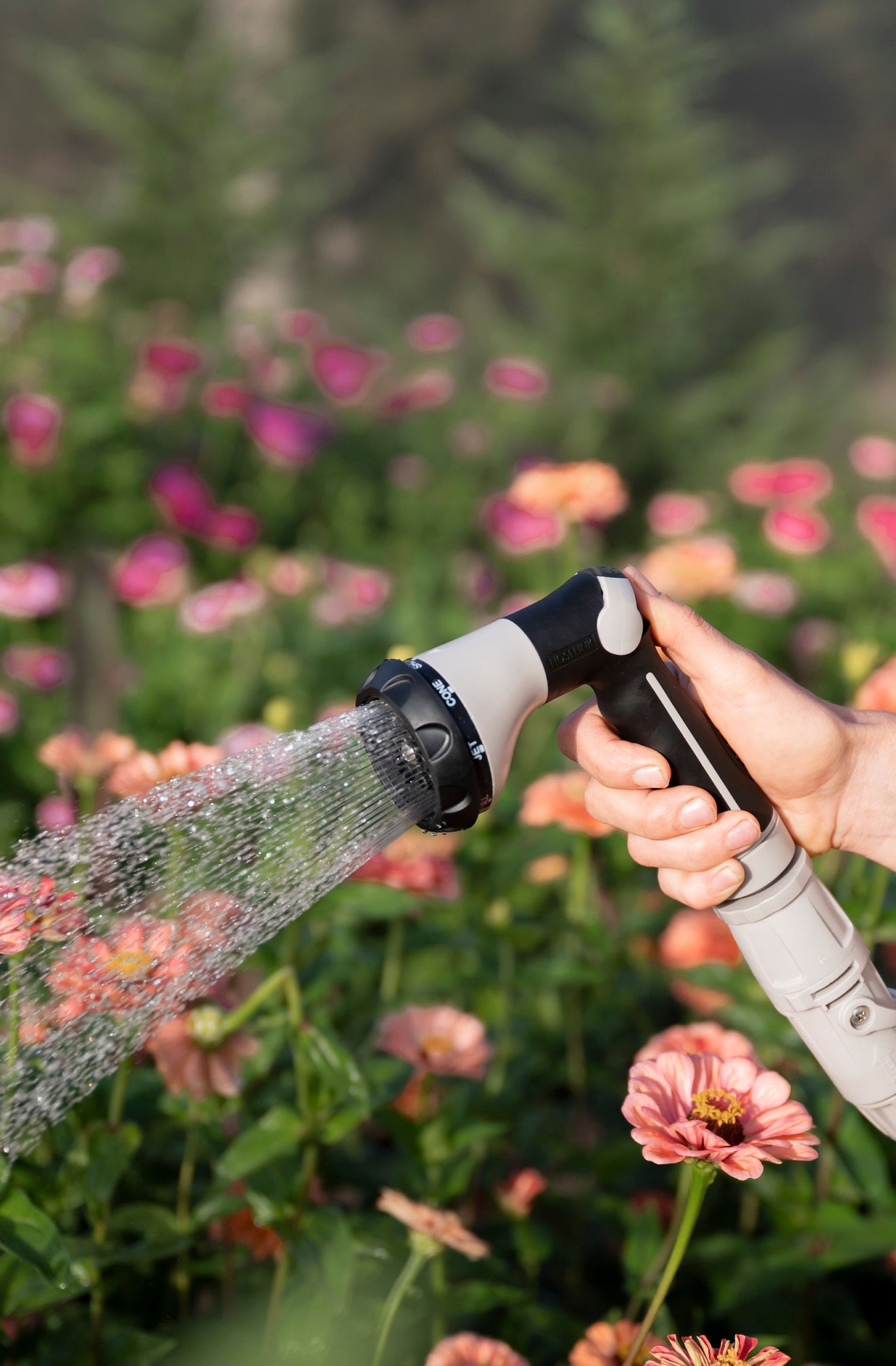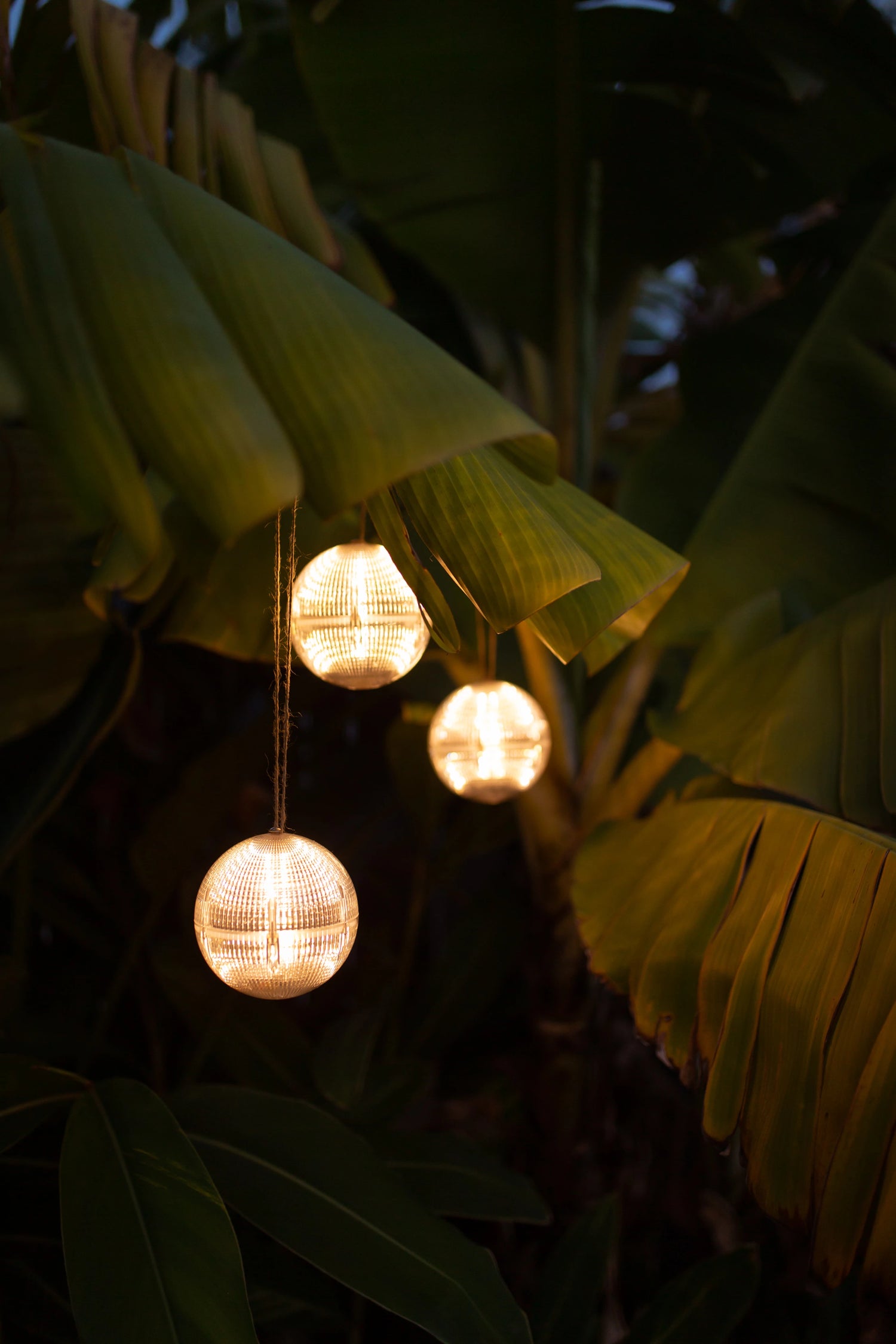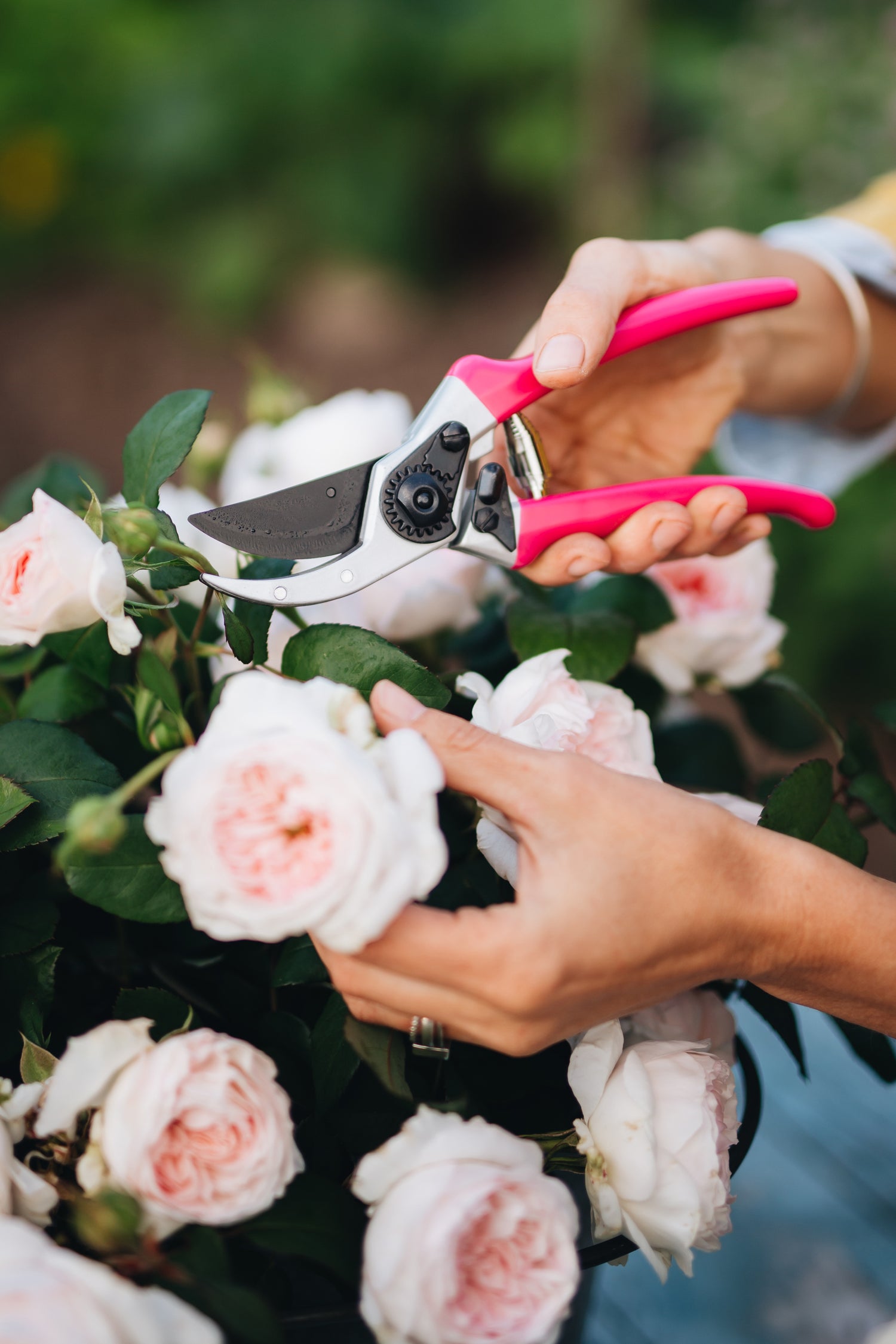Even though it's late in the growing season, there are still some things we can do in the garden before packing it in for the winter. Here are a few tips to help you wrap up fall gardening like a pro and get your garden ready for the coming winter months.

First, make sure you've harvested any remaining veggies and fruits from your garden, only yesterday I grabbed a few lonely cherry tomatoes that were still hanging around in one of my trellises (If you are looking for a prolific-sweet cherry tomato that seems to handle heat and whatever you throw at it well, add “Sunsugar” to your list for next year!) Once nighttime temps dip down into the 20s, heat loving plants like tomatoes, peppers, beans, cucumbers, and squash will die. So harvest all you can now before the first hard freeze hits.


Next, it's time to cut back any dead or dying annual plants. They gave you a full season of splendor but now it is time to say goodbye. Remember, healthy plants can be a great addition to your compost pile, but if you see any signs of disease it is better to toss them away.
Are you unsure if now is the best time to get rid of plant material? Consider this, leaving decaying plant material in the garden over winter provides a cozy place for pests and diseases to overwinter (Our pollinator friends can use all the help we can give them!) but getting rid of dead plants now, reduces the risk of problems popping up next spring. Personally, I remove as much as I can now so I am not overwhelmed in the Spring.
MULCH MATTERS!
Snow and freezing temperatures are just around the corner, and one of the most important things you can do is add a fresh layer of mulch. Though it may seem counterintuitive to cover up your garden beds, especially those with no plant material on them, a nice mulch blanket provides vital protection for your plants and several important benefits:
- Insulation - A 2-4 inch layer of mulch acts as an insulating blanket, protecting plant roots and soil from extreme cold temperatures. The mulch prevents the soil in raised beds from freezing and thawing repeatedly, which can damage plant roots.
- Moisture retention - Mulch prevents precious moisture from evaporating away from the soil during dry winter months. It keeps the soil slightly warmer and retains valuable water without getting waterlogged.
- Suppresses weeds - Mulch blocks light from reaching the soil surface, which prevents weed seeds from germinating. Fewer weeds means less work weeding next spring!(I’ll take that!)
- Nutrient retention - Mulch helps reduce the leaching of nutrients from soil so they remain available for spring growth. It also breaks down slowly over winter, adding valuable organic matter.
- Prevents erosion - Mulch protects soil from being washed or blown away over the winter months. This is especially important for raised beds, which have loose, exposed soil.
The best mulches for raised beds are organic materials like straw, leaves, wood chips or compost. My favorite mulch for my raised beds this year was pine needles, which I found locally and it was so easy to use. Spread mulch 2-4 inches deep and replenish as needed after heavy winds or snow. Come spring, pull back any remaining mulch to allow the soil to warm and dry out for planting.
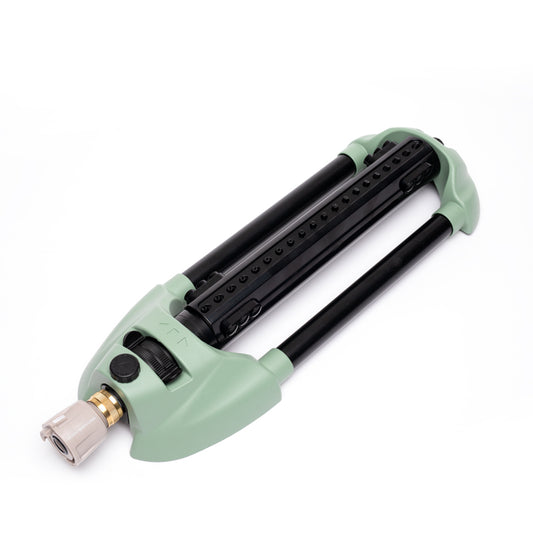
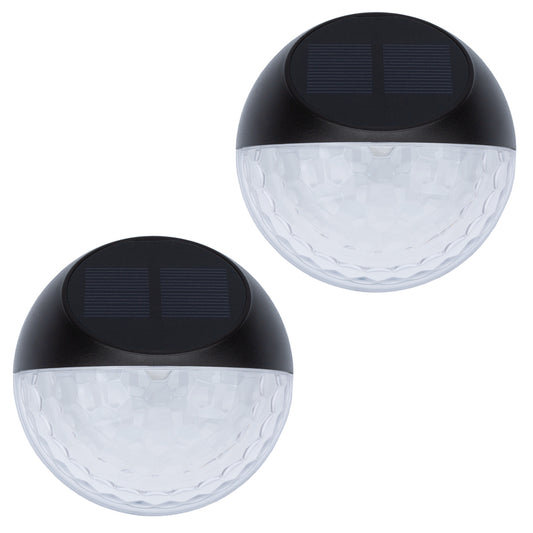
WRITE THOSE NOTES!
As this year's garden season winds down, it's easy to breathe a sigh of relief and jump right into holiday mode. But before you completely close the book on your garden for the year, take some time to jot down a few notes about what went well and what could be improved. Setting aside an hour or two to reflect on the current season and record a few key lessons learned will pay off in a big way when planning next year's garden. Did certain crops thrive while others fizzled? Was that annual flower a total failure? Were there pest or disease issues that could be prevented? Do you want to try new varieties next season? What amendments boosted production? Simple garden record keeping like mapping beds, listing varieties, and tracking new seeds is like a crystal ball helping you predict and plan for future success. So grab a notebook and pen and let this year’s garden results guide you toward your most abundant harvest yet next season, here are some things to consider documenting:
- Track variety performance - Make note of how well different plant varieties did each year - size, health, yield, taste etc. This helps you zero in on the best performers for your climate and garden conditions, while many plants have great reviews online from other gardeners in different zones, it is always helpful to understand how well those plants do in your own backyard.
- Record planting dates and spacing - write down timing of seeding and transplants as well as the layout and spacing you used. It may be easy to think that you will remember exactly weeks and spacing needed for plants, but if you manage a huge number of seeds and transplants you can easily mix the numbers. Did you give them enough space? Could they benefit from being closer to other plants? Writing this information today will help you grow a better garden tomorrow.
- Note soil amendments - Compost, fertilizers, mulch - whatever you added to your beds, make a note for future reference. Soil needs change over time so records help you adjust.
- Draw garden maps - Being a visual person, this is a HUGE help for me to visualize my garden for next year. Make a little sketch of what you planted in the garden this season. Simple grids with labels work great. Rotating crops and deciding where to put certain plants next year will be a breeze.
- List new plants/seeds - Dreaming of trying something new next season? Add it to the list so you remember for seed orders and shopping. My list gets long every year!

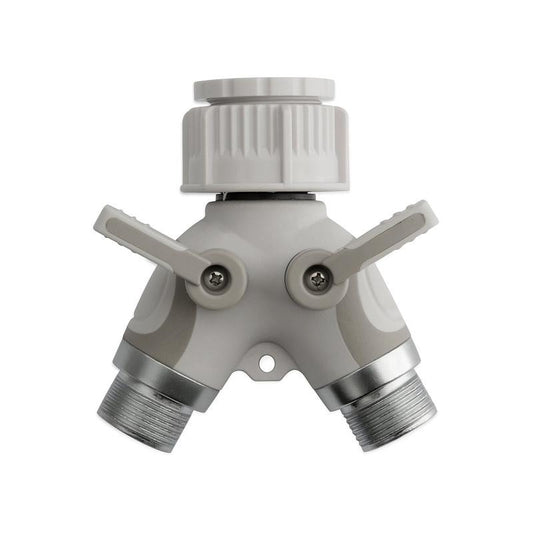

Keeping just these basic details will make planning next year's garden easier. You'll know what worked and can expand on your successes.
By the end of this month the garden will be almost gone, taking the time to clean up, protect and prepare is key for a healthier, stronger garden next season.
Happy Gardening!
If you enjoyed this blog and would like to see more from Roxana, you can visit her YouTube channel via this link:

